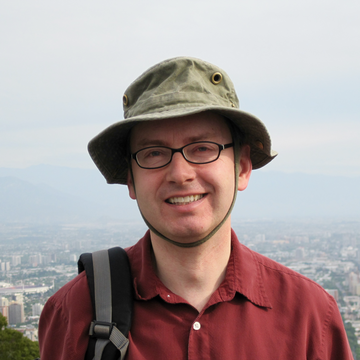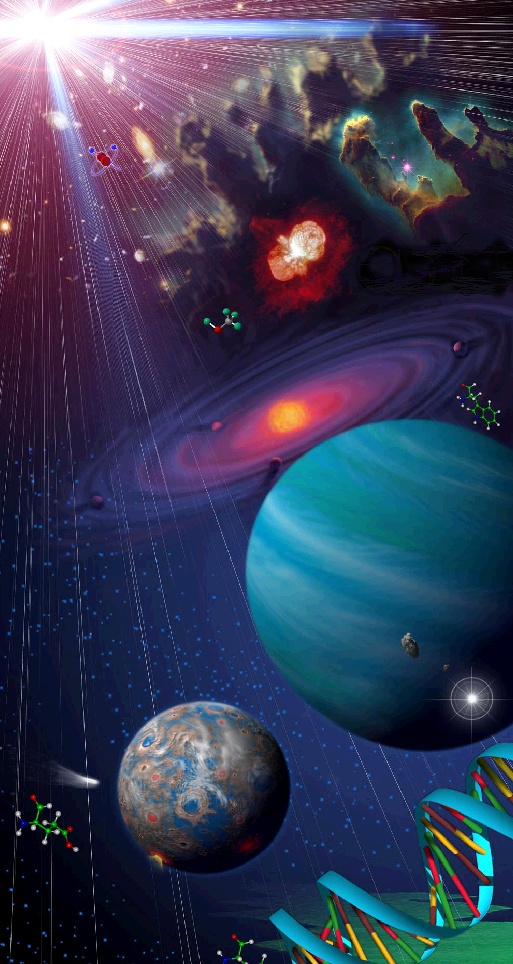Introduction

David C. Catling
Address:
Department of Earth and Space Sciences/ cross-campus Astrobiology Program, University of Washington, Box 351310, Seattle, WA 98195. USA

I do research under the broad umbrellas of planetary
science, geobiology or astrobiology.
The last one, "astrobiology", is a new branch of science concerned
with the origin and evolution of life on Earth, and the possible
variety of life beyond Earth [1].
A key question for astrobiology is what makes a planet habitable.
Earth's surface is stunningly different from the surfaces of our
apparently lifeless neighbours, Mars and Venus. Yet when the Solar
System formed, the Earth was surely as dead and barren as Mars or
Venus appear today. How did the biologically rich world around us
develop from lifeless beginnings?
To answer this question, my research group combines various areas
of expertise ranging from biology to astronomy to geology. My
research in astrobiology at University of Washington focuses on
understanding the differences between the evolution of planetary
surfaces and atmospheres [2]. How did differences in the chemical
evolution of planetary atmospheres and geological evolution lead
to an environment conducive to life on Earth but hostile on Mars
and Venus? And what about planets around other stars?
"There is grandeur in this view
of life, ..., from so simple a beginning endless forms most
beautiful and most wonderful have been, and are being, evolved."
Charles Darwin's closing sentence in On
the Origin of Species (1859).
[1] David C. Catling (2013) Astrobiology: A Very Short Introduction, Oxford University Press.
[2] David C. Catling and James F. Kasting (2017) Atmospheric
Evolution on Inhabited and Lifeless Worlds, Cambridge
University Press.